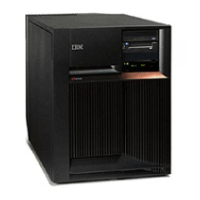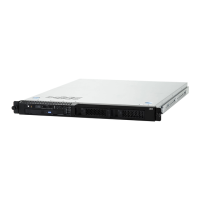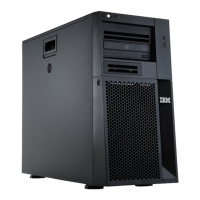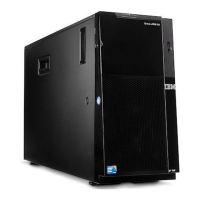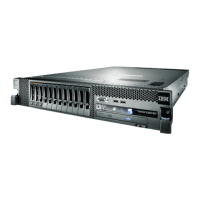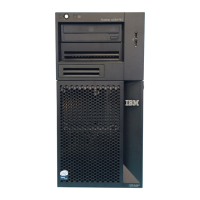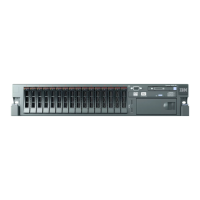Chapter 8. System upgrades 321
Temporary upgrades are represented in the z13s server by a
record. All temporary upgrade
records, downloaded from the RSF or installed from portable media, are resident on the SE
hard disk drive (HDD). At the time of activation, the customer can control everything locally.
Figure 8-1 shows a representation of the provisioning architecture.
The authorization layer enables administrative control over the temporary offerings. The
activation and deactivation can be driven either manually or under the control of an
application through a documented application programming interface (API).
By using the API approach, you can customize, at activation time, the resources necessary to
respond to the current situation, up to the maximum specified in the order record. If the
situation changes, you can add more, or remove resources, without having to go back to the
base configuration. This capability eliminates the need for temporary upgrade specifications
for all possible scenarios. However, for CPE, the specific ordered configuration is the only
possible activation.
In addition, this approach enables you to update and replenish temporary upgrades, even in
situations where the upgrades are already active. Likewise, depending on the configuration,
permanent upgrades can be performed while temporary upgrades are active. Figure 8-2
shows examples of activation sequences of multiple temporary upgrades.
Figure 8-2 Example of temporary upgrade activation sequence
If R2, R3, and R1 are active at the same time, only parts of R1 can be activated because not
enough resources are available to fulfill all of R1. When R2 is then deactivated, the remaining
parts of R1 can be activated as shown.
Temporary capacity can be billable as On/Off CoD, or replacement as CBU or CPE:
On/Off CoD is a function that enables
concurrent and temporary capacity growth of the
server.
On/Off CoD
can be used for customer peak workload requirements, for any length of time,
and has a daily hardware and maintenance charge.
Time
R2R2
R2
R4
R2
R4
R2
R4
R3
R2
R4
R3
R2 R3R1 R4R2 R3R1 R4
R2
R3
R1
R2
R3
R1
R2
R3
R2
R3
R3
R1
R3
R1
Record and associated authorization
Activation and usage of dormant resources over time
CPE OOCoD CBU CBU
OOCoD OOCoD
OOCoD
OOCoD
OOCoD
CPE
CPE
CBU
CBU
CBU
CBU
CBU
CBU

